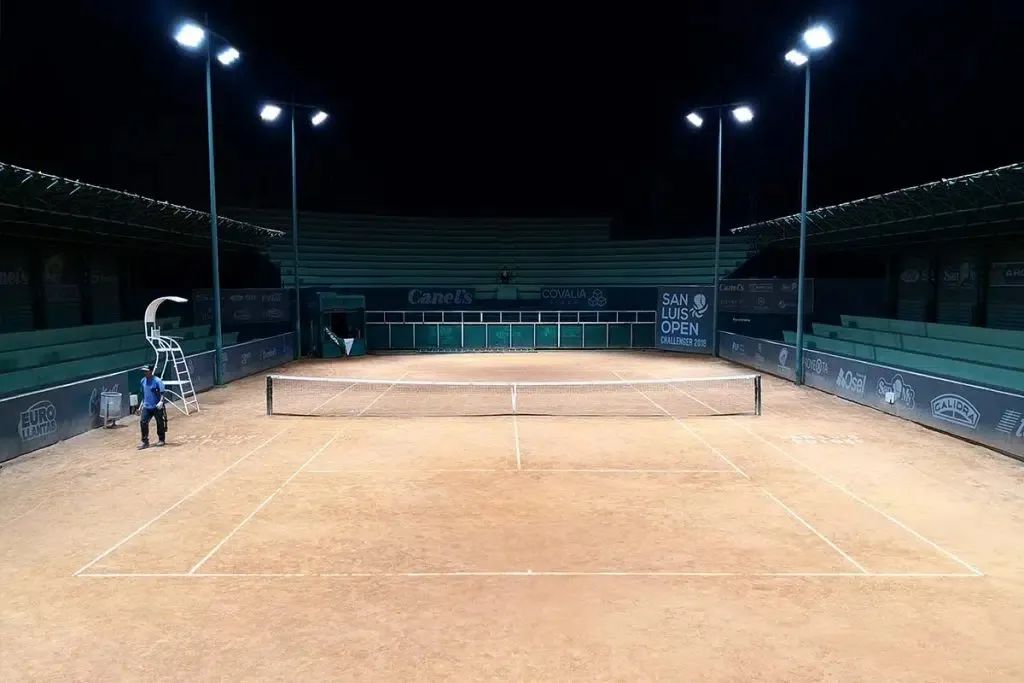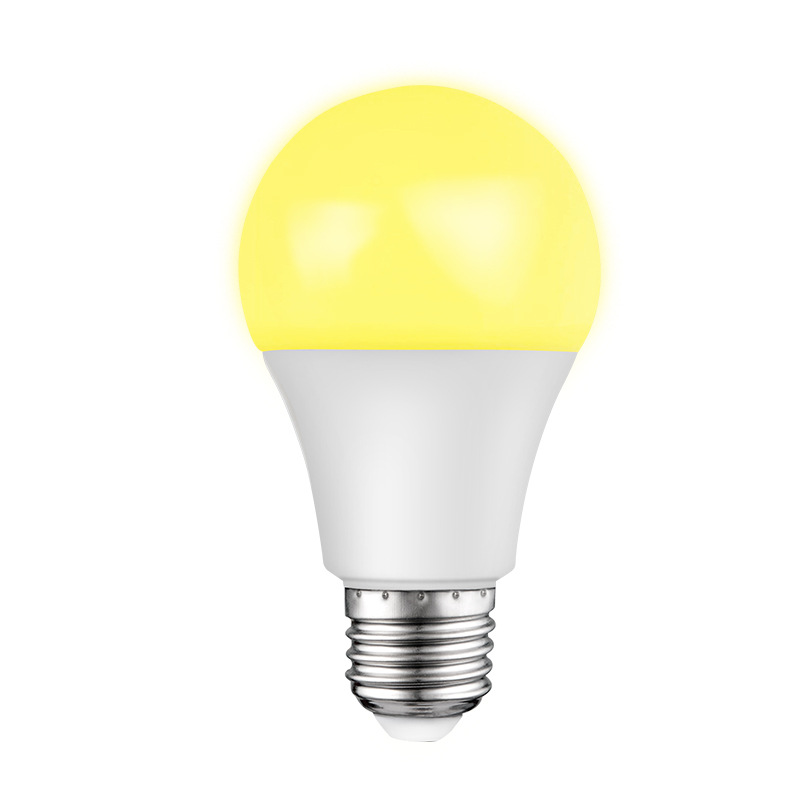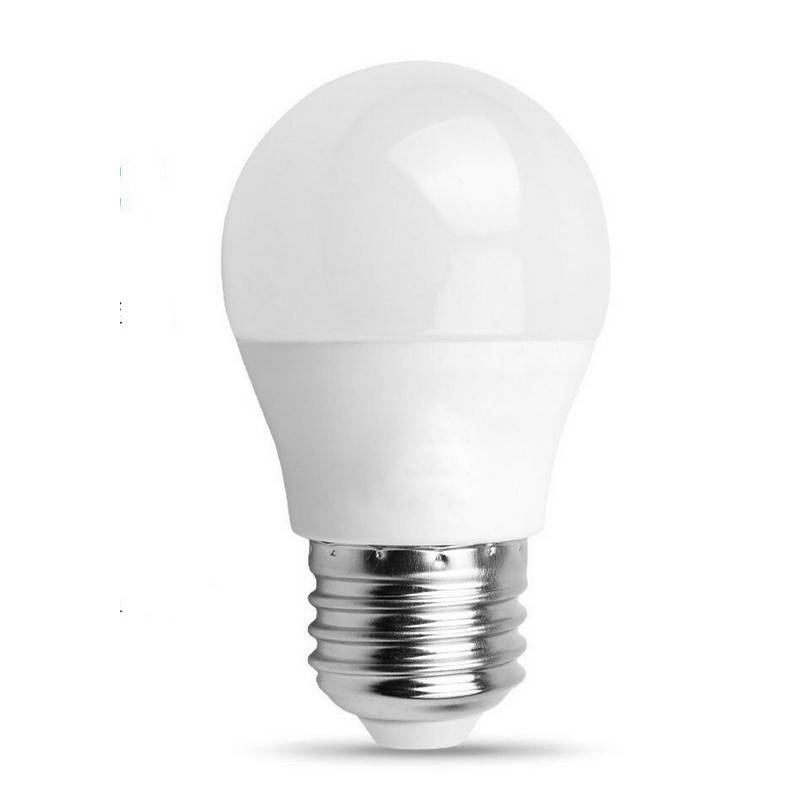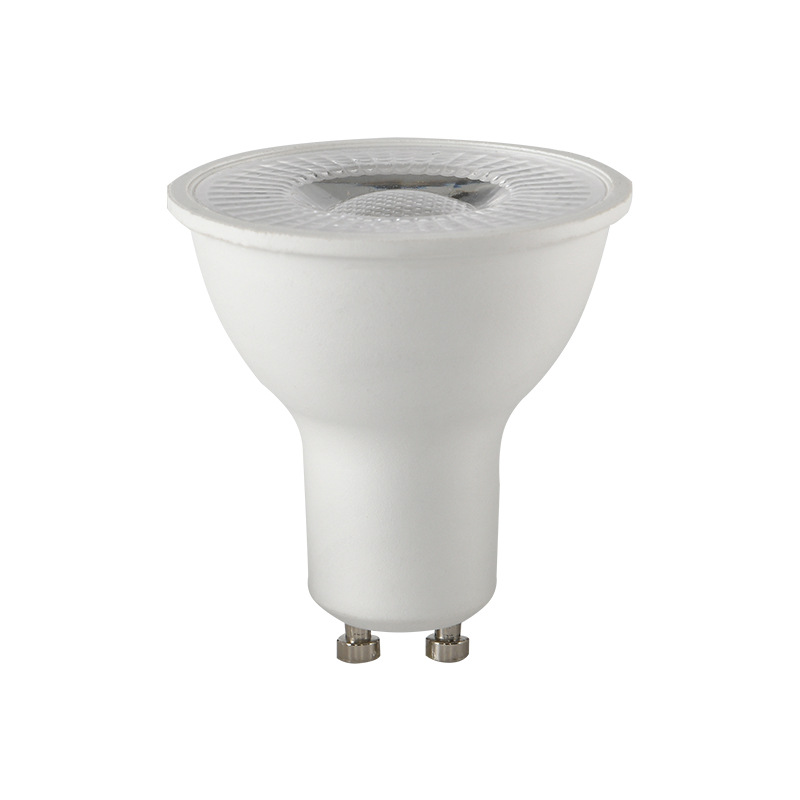The Ultimate Guide to Professional LED Lighting: From Core Parameters to Industry Applications
The Ultimate Guide to Professional LED Lighting: From Core Parameters to Industry Applications
Introduction: Why is LED Lighting the Future?
LED (Light Emitting Diode) technology has become the preferred lighting solution due to its high efficiency, energy savings, and long lifespan. Whether for residential, commercial, industrial, or outdoor lighting, LEDs deliver superior performance and precise optical control. This guide explores the core technical parameters, design considerations, industry standards, and future trends in professional LED lighting.

1. Key Photometric Parameters of LEDs
1.1 Luminous Flux (lm)
Luminous flux measures the total light output of an LED, expressed in lumens (lm). Higher values mean brighter light. Examples:
40W incandescent bulb ≈ 450 lm
High-quality LED (10W) ≈ 800 lm
1.2 Luminous Efficacy (lm/W)
Efficiency of converting electricity into light:
Modern LEDs achieve 120-200 lm/W, far surpassing traditional lighting (incandescent ≈15 lm/W, fluorescent ≈60 lm/W).
1.3 Correlated Color Temperature (CCT, K)
Determines light warmth:
2700K-3000K: Warm white (homes, hotels)
4000K: Neutral white (offices, retail)
5000K+: Cool white (industrial, outdoor)
1.4 Color Rendering Index (CRI, Ra)
CRI (0-100) measures color accuracy:
Ra ≥ 90: High CRI (museums, galleries)
Ra 80-89: Standard (offices, schools)
Ra < 80: Low CRI (warehouses, streetlights)
1.5 Standard Deviation of Color Matching (SDCM)
Ensures color consistency; SDCM ≤ 3 is industry-standard (IEC 60081).
2. Optical Design Essentials
2.1 Beam Angle & Light Distribution
Narrow (<20°): Spotlights, accent lighting
Medium (20°-60°): Downlights, floodlights
Wide (>60°): Panel lights, street lighting
2.2 Uniformity Optimization
Micro-lens arrays: Achieve U1 > 0.9 uniformity
Light-mixing designs: Prevent COB LED hotspots
3. Thermal Management & Lifespan
3.1 Junction Temperature (Tj) Impact
Every 10°C rise halves LED lifespan (Arrhenius model)
Industrial LEDs require Tj < 85°C
3.2 Cooling Solutions
| Method | Application | Features |
|---|---|---|
| Passive cooling | Home/commercial | Aluminum heatsinks |
| Active cooling | High-power LEDs (>100W) | Heat pipes/fans |
4. LED Driver Requirements
| Parameter | Standard | Use Case |
|---|---|---|
| Power Factor (PF) | >0.9 (EN 61000-3-2) | Commercial/industrial |
| THD | <20% | Grid stability |
| Dimming | 0-10V/DALI/PWM | Smart lighting |
| IP Rating | IP65 (outdoor) | Streetlights |
5. Industry-Specific Standards
5.1 Road Lighting
CIE 140-2019: Longitudinal uniformity ≥0.4, glare control (TI <15%)
Smart dimming: 30% power reduction at night
5.2 Industrial Lighting
Explosion-proof: IECEx/ATEX (Zone 1/2)
Vibration resistance: ≥5G (GB/T 2423.10)
5.3 Horticultural Lighting
Spectrum: 660nm (red) + 450nm (blue)
PPFD uniformity: ≥0.8 (greenhouse lighting)
6. Cutting-Edge LED Trends
✅ GaN-on-GaN LEDs: 30% higher efficiency, lifespan >100,000h
✅ Human-Centric Lighting (HCL): Dynamic CCT tuning
✅ Li-Fi Integration: Data transmission via LED flicker (10Gbps in labs)
7. How to Choose the Right LED?
Define needs: Brightness, CCT, CRI, IP rating
Optical simulation: Use DIALux/TracePro
Testing:
Photometry (integrating sphere)
Aging tests (85°C/85%RH, 1000h)
8. Common LED Myths Debunked
❌ Myth 1: "Higher wattage = brighter" → Compare lumens (lm)
❌ Myth 2: "Higher CRI is always better" → Ra≥70 suffices for warehouses
❌ Myth 3: "Ignore glare control" → UGR<19 for offices
Conclusion
LED technology continues to evolve, requiring informed selection and design. This guide equips you with expert knowledge for optimal lighting solutions!
 Blue Light and Sleep Disruption: Risks and Solutions with Low-Blue-Light Bulbs
Blue Light and Sleep Disruption: Risks and Solutions with Low-Blue-Light Bulbs
 The Ultimate Guide to Professional LED Lighting: From Core Parameters to Industry Applications
The Ultimate Guide to Professional LED Lighting: From Core Parameters to Industry Applications




